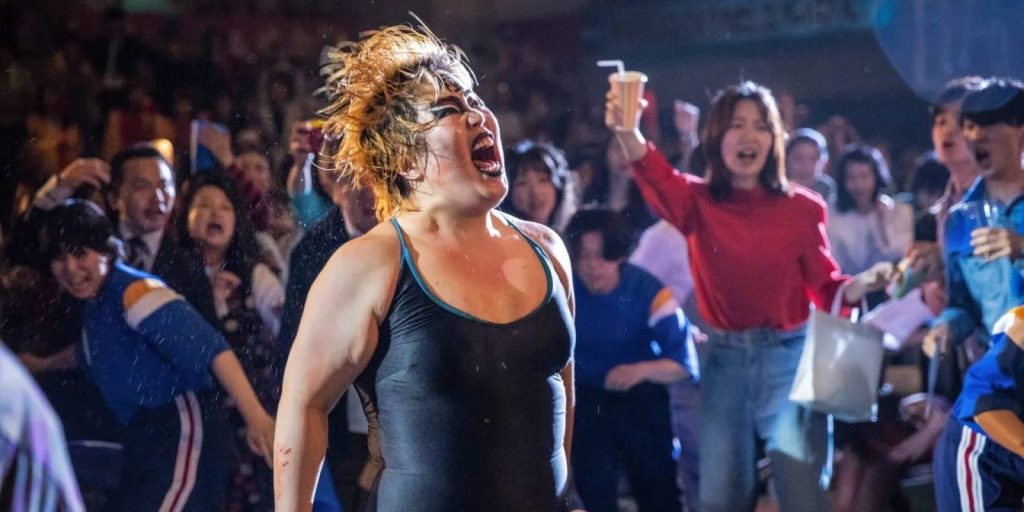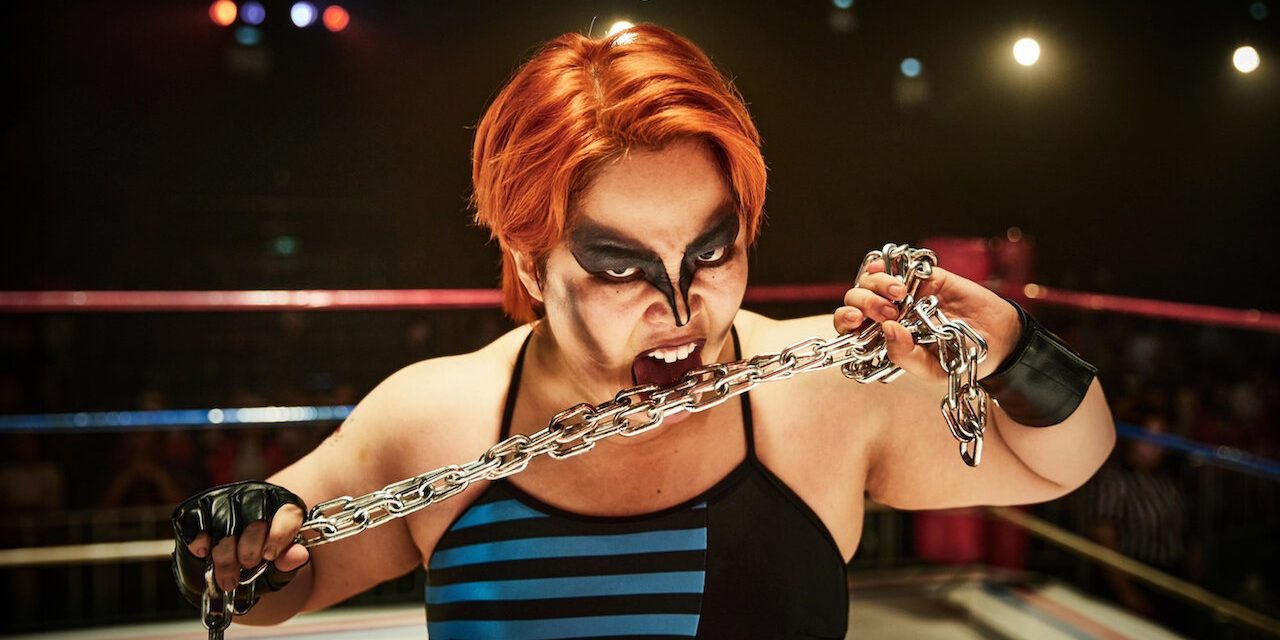The Netflix series, ‘The Queen of Villains,’ follows a girl named Kaoru Matsumoto who harbors dreams of becoming a professional wrestler. Although hoping to become a wrestling star by playing a good character, Matsumoto faces obstacles that veer her away from her optimistic dreams. After being fired from her job, the young woman channels all her frustrations into playing a villainous character who is dreaded by everyone. Not long after, Matsumoto goes up against the audience’s favorite hero wrestler, Chigusa Nagayo, in the Hair vs. Hair Death Match, watched by everyone in Japan.
Created by Osamu Suzuki, the drama show uncovers the behind-the-scenes story of a fearsome villain in the wrestling ring. Blood, sweat, and tears are a common recipe for a raging look into Japan’s wrestling industry. As Kaoru morphs into her villainous persona, the story delves into her career, highlighting the highs and the lows of her climb through the ranks. Naturally, the show’s authenticity is brought to the fore because of the stark portrayal of the protagonist’s rise within the wrestling industry, prompting questions about its genesis and the real story that inspired it.
The Queen of Villains Chronicles the Tale of a Real-Life Pro Wrestler
Originally titled ‘Gokuaku Joou,’ ‘The Queen of Villains’ is a fictional story based on the life of Dump Matsumoto, a real-life Japanese pro wrestler from the 1980s who became a polarizing but captivating villainous character in the country. Penned by Osamu Suzuki and Jun’ya Ikegami, the show dives into the era of the 70s and 80s when female wrestling teams like Beauty Pair and the Crush Gals were at the forefront of the business. Their pop icon imagery, married with larger-than-life acts of athletic ability, brought them huge amounts of success. However, Kaoru Matsumoto went the opposite way by crafting a villainous alter-ego that rivaled the pure heroic versions of the other wrestling characters.
Although branded as a kind personality in real life, Kaoru embraced the antagonistic persona of Dump Matsumoto. Her bouts in the ring were often so horrifying, using chains, scissors, and chairs as weapons, that fans developed a deep-seated hatred for Matsumoto. Her notoriety eventually grew so much that she was booked to fight the Crush Gals tag team in an iconic match watched by many. While the country idolized the Crush Gals, the exact opposite reaction and sentiment was harbored for Matsumoto’s brand of villainy, some unable to distinguish between her real-life persona and the one in the ring. It created a challenging dynamic but one that paved the way for future female wrestlers in the Japanese industry.
The Queen of Villains Explores the Weighted Pressures of the Female Pro Wrestling Scene in the 1980s
While the series takes a few creative liberties in the depiction of the actual events surrounding Kaoru’s life and career, for the most part, the central premise is true to life. Additionally, both Matsumoto and the real-life Chigusa Nagayo acted as the show’s wrestling supervisors to maintain the authenticity of the fight scenes, even having their input into the portrayal of their specific characters. Nagayo even trained the actors as their wrestling coach and fight choreographer. Creator Osamu Suzuki came up with the idea of the narrative after having conversations with Matsumoto about her past forays in the wrestling ring.

In an interview with Netflix, Matsumoto praised Yuriyan Retriever, who plays her in the series, stating, “Yuriyan’s powerful performance is incredible. Some parts will make you cry, and I hope viewers will watch The Queen of Villains and feel inspired to believe that their dreams can come true if they never quit or give up.” Nagayo also chimed in on the sentiment by adding, “Our story from the 1980s was authentically captured with this series, and I’m grateful for the strength and resilience of the women we were back then.”
Upon reading the script, Yuriyan Retriever thought the show was going to be a visceral tale of villains and bad guys. However, after diving deeper into the material, she learned that at its heart, the story revolves around the life and struggles of young women trying to make a mark. As wrestling in the 1980s was still a male-dominated sport, Matsumoto and her peer’s careers stand as a beacon of inspiration for many athletes today. Furthermore, her fights in the ring took on a life of their own owing to the emotions her character drew from the watching public, who were mainly young females at the time.
“As I read the story, I got the refreshing impression that it was a story about the youth of young women in their 20s and 30s at that time, and as I read on, I realized that everyone was doing their best,” Retriever said. The Netflix show unearths the brutal but enthralling world of top-level wrestling at a time when audiences looked for interesting characters to latch onto, something Matsumoto achieved in abundance. Despite her failures, she managed to reinvent herself as an evil personality that could not be farther from who she is in real life, and in ‘The Queen of Villains,’ her epic tale is brought to life in a gripping fashion.
Read More: Best Japanese Movies on Netflix


You must be logged in to post a comment.